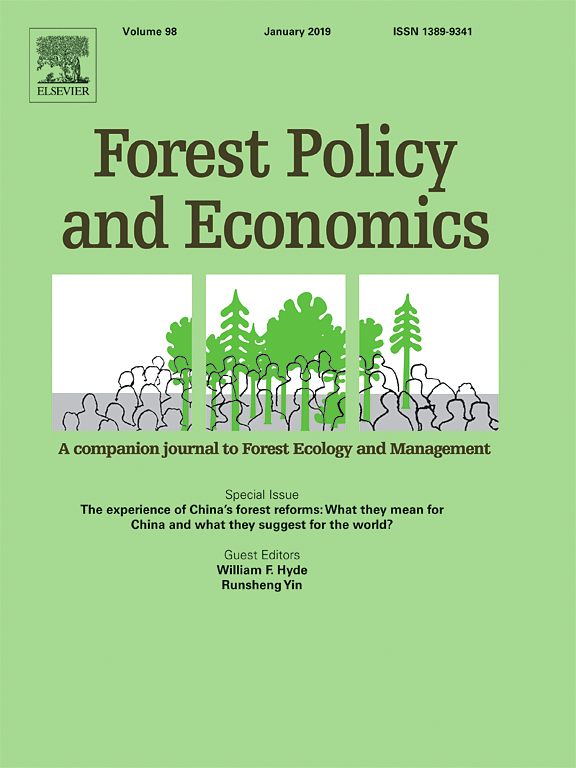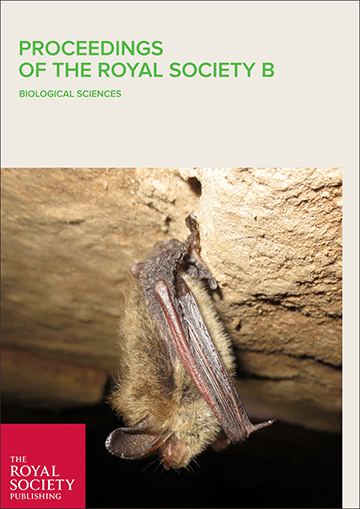Forest fires are increasing in terms of number, size, and extent which have a growing influence on the achievement of the Sustainable Development Goals (SDGs). The economy and ecology of Northeast India have been seriously impacted by forest fires in many places, it is important to comprehend the region's spatiotemporal distribution, severity, and future projections for forest fires in light of climate change. Geographical information systems (GIS) integrating with remote sensing (RS) were used to understand the role of different parameters in all four bioclimatic zones of the region. and discussion: Most of the fires were restricted to pre-monsoon season (93 %), alone 62 % in March. The forest fire in the present scenario was highest in the Lawngtlai district, followed by Dhalai and Ri-Bhoi. The Lawngtlai and Dhalai districts are at the highest risk (greater than 70 %) for future forest fires. Categorically, among the protected areas, Lengteng WLS has the highest (86.6 %) future forest fire risk followed by Tawi WLS (86.5 %), Ngengpui WLS (84.9 %), and Pualreng WLS (84.6 %). The results suggest that underground biomass in the lower elevated forest needs to be managed effectively at the onset of the fire season to reduce the occurrence of forest fires. There is a need for a well-defined framework supported by geospatial technology to predict, identify, and prioritize the fire potential zone with synergic strategies supported by the local community to mitigate the fire impact on the forests.
DOI:
https://doi.org/10.1016/j.nhres.2024.01.007
Skor altmetrik:
Jumlah Kutipan Dimensi:

Tahun publikasi
2024
Penulis
Talukdar, N.R.; Ahmad, F.; Goparaju, L.; Choudhury, P.; Arya, R.; Qayum, A.; Rizvi, J.
Bahasa
English
Kata kunci
fire management, wildfires, remote sensing, satellite imagery, risk assessment, mapping, geographical information systems
Geografis
Bangladesh, Myanmar, China, Bhutan


















